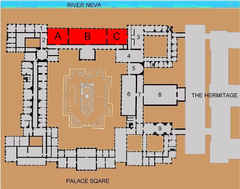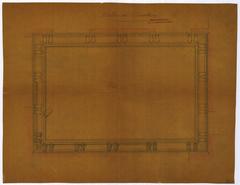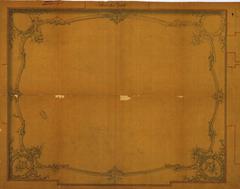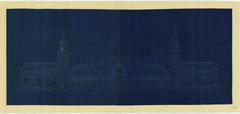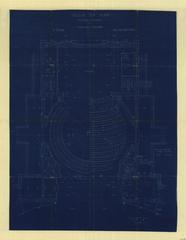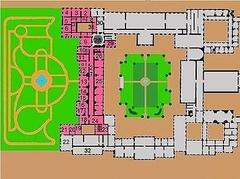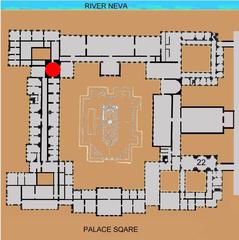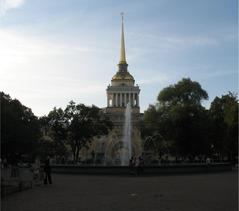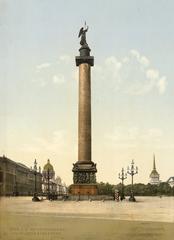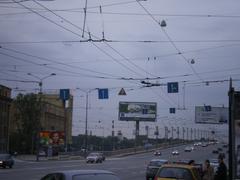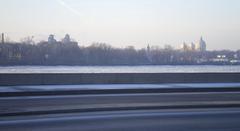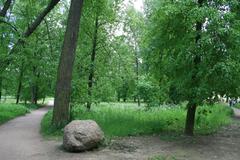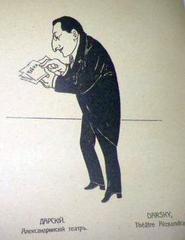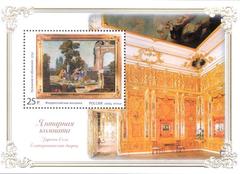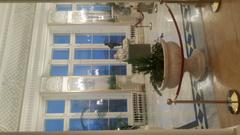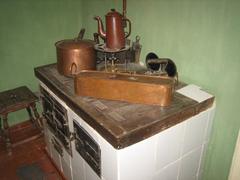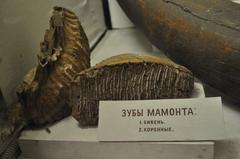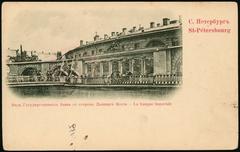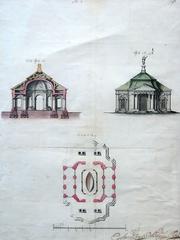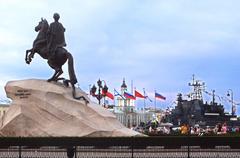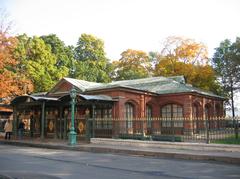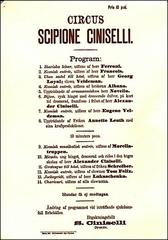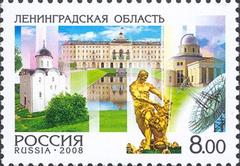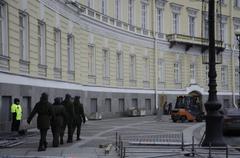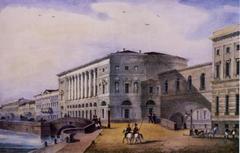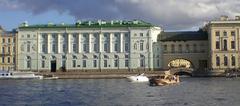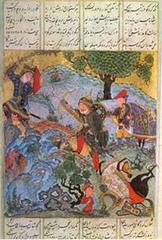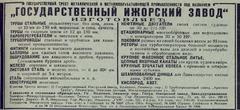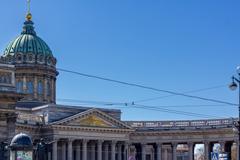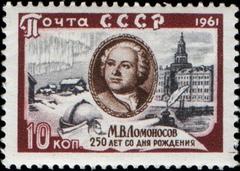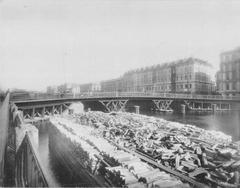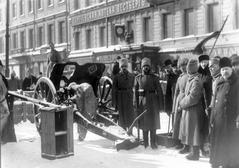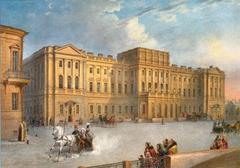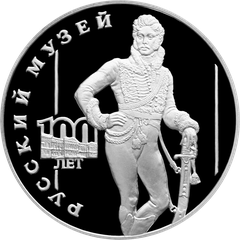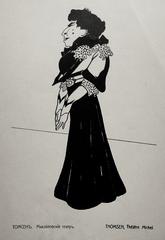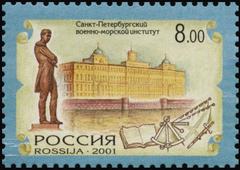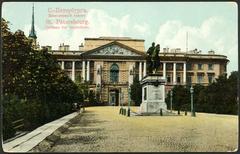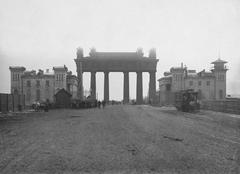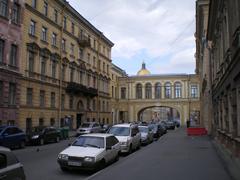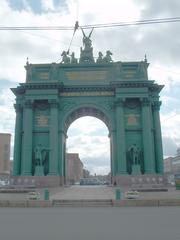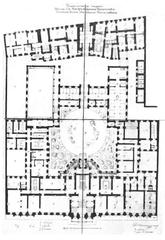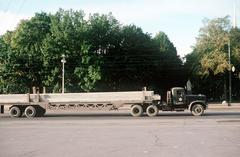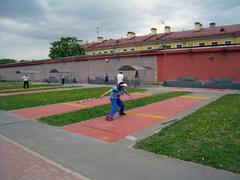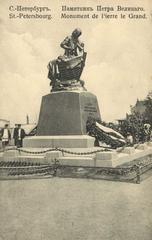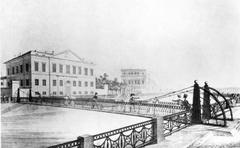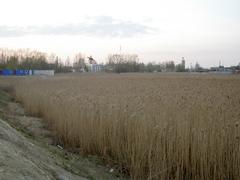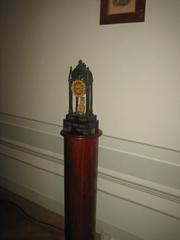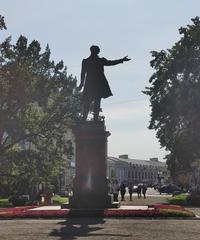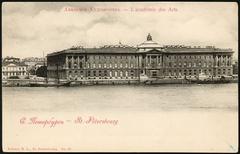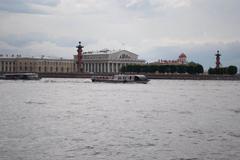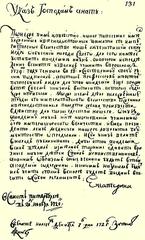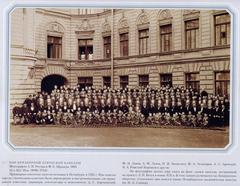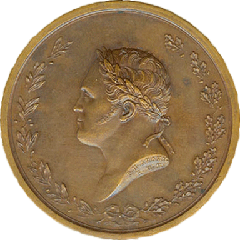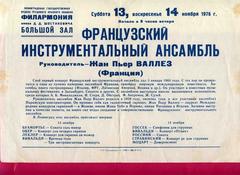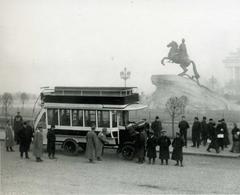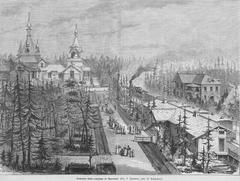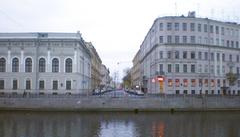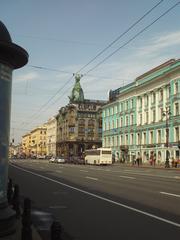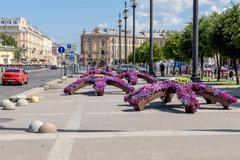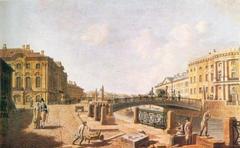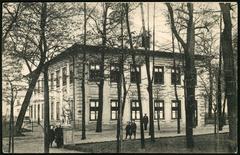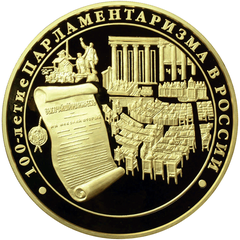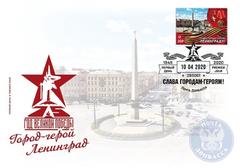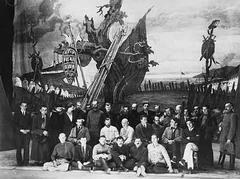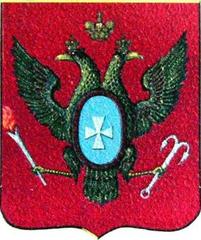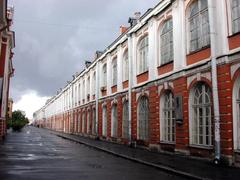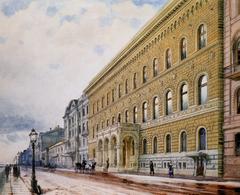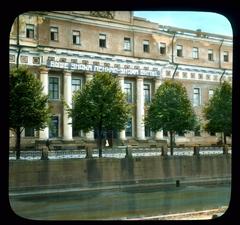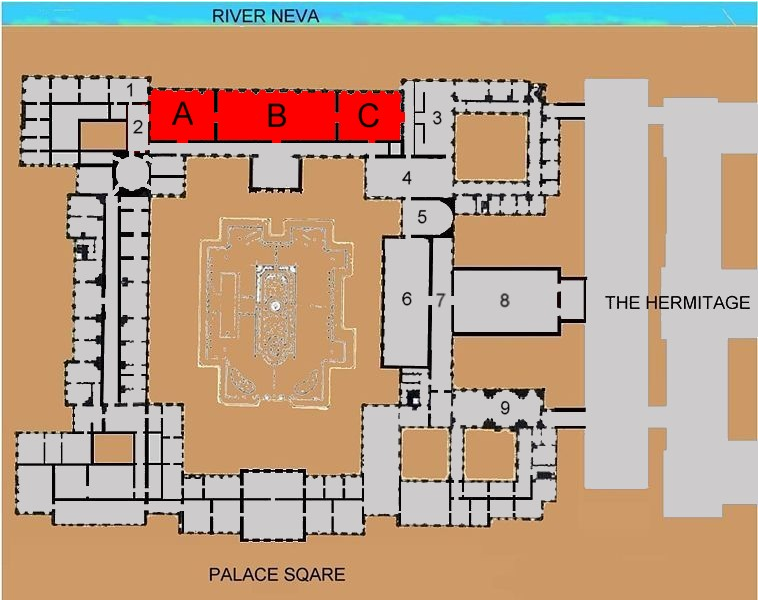
State Hermitage Museum Visiting Guide: History, Tickets, and Tips
Date: 16/07/2024
Introduction
The Государственный Эрмитаж, or State Hermitage Museum, located in the heart of Saint Petersburg, Russia, is one of the largest and oldest museums in the world. Founded in 1764 by Empress Catherine the Great, the museum began with a modest collection of 225 paintings, including works by Rembrandt, Rubens, and Van Dyck (Hermitage Museum). Over the centuries, it has grown to house over three million items, making it a treasure trove of human creativity and history. The Hermitage is not just a repository of art but a symbol of Russia’s rich cultural heritage, reflecting the nation’s artistic and political evolution through the ages.
The museum complex includes several historic buildings, each with its own unique architectural style. The Winter Palace, designed by Bartolomeo Rastrelli, is a prime example of Russian Baroque architecture, while the Small and New Hermitage buildings showcase neoclassical designs. The General Staff Building, with its iconic arch, adds to the architectural splendor of the complex (Hermitage Museum). The Hermitage has played a significant role in various historical events, including the Russian Revolution and World War II, where it served as a crucial protector of cultural heritage during the Siege of Leningrad.
Today, the Hermitage continues to evolve, embracing contemporary art, hosting international exhibitions, and establishing satellite museums in locations such as Amsterdam and Kazan. Its extensive collection and commitment to preservation and education make it a must-visit destination for art lovers and history enthusiasts alike (Hermitage Museum).
Table of Contents
- History of the Государственный Эрмитаж (State Hermitage Museum)
- Visiting Hours and Ticket Information
- Travel Tips
- Nearby Attractions
- Accessibility
- Special Events and Guided Tours
- FAQ
- Conclusion
- References
History of the Государственный Эрмитаж (State Hermitage Museum)
Founding and Early Years
The Государственный Эрмитаж, or State Hermitage Museum, was founded in 1764 by Empress Catherine the Great. The initial collection began with the acquisition of 225 paintings from Berlin, which included works by renowned artists such as Rembrandt, Rubens, and Van Dyck. This collection was housed in the Small Hermitage, a building adjacent to the Winter Palace, which served as the private residence of the Russian monarchs (Hermitage Museum).
Expansion Under Catherine the Great
Catherine the Great was an avid art collector and significantly expanded the museum’s collection. She acquired entire collections from European aristocrats, including the Walpole Collection from England and the Crozat Collection from France. By the end of her reign, the Hermitage housed over 4,000 paintings, making it one of the largest and most comprehensive art collections in Europe (Hermitage Museum).
19th Century Developments
In the 19th century, the Hermitage continued to grow under the patronage of successive Russian emperors. Alexander I and Nicholas I were particularly instrumental in expanding the museum’s collection and its physical space. The New Hermitage building, designed by the German architect Leo von Klenze, was completed in 1852 and opened to the public. This marked the first time the Hermitage was accessible to the general populace, transforming it from a private imperial collection into a public museum (Hermitage Museum).
The Soviet Era
The Russian Revolution of 1917 and the subsequent establishment of the Soviet Union had a profound impact on the Hermitage. The museum was nationalized, and many private collections were confiscated and added to its holdings. During this period, the Hermitage’s collection grew to include a vast array of art and artifacts from across the Soviet Union. However, the museum also faced significant challenges, including the looting and destruction of artworks during the Russian Civil War (Hermitage Museum).
World War II and the Siege of Leningrad
World War II was a particularly harrowing time for the Hermitage. During the Siege of Leningrad (1941-1944), the museum’s staff worked tirelessly to protect its collection. Many of the most valuable pieces were evacuated to Siberia, while those that remained were hidden in the museum’s cellars. Despite the constant bombardment and dire conditions, the Hermitage staff managed to preserve the majority of the collection. After the war, the evacuated artworks were returned, and the museum underwent extensive restoration (Hermitage Museum).
Post-War Expansion and Modernization
In the post-war period, the Hermitage continued to expand and modernize. New buildings were added to the museum complex, including the General Staff Building, which now houses the museum’s collection of 19th and 20th-century European art. The museum also embraced new technologies, implementing digital cataloging systems and launching an extensive online presence. Today, the Hermitage is one of the largest and most visited museums in the world, with a collection that spans over three million items (Hermitage Museum).
Recent Developments
In recent years, the Hermitage has continued to evolve, embracing contemporary art and international collaborations. The museum has hosted numerous high-profile exhibitions, including works by contemporary artists such as Anselm Kiefer and Ilya Kabakov. Additionally, the Hermitage has established satellite museums in Amsterdam, Kazan, and Vyborg, further extending its global reach (Hermitage Museum).
Architectural Significance
The Hermitage is not only renowned for its art collection but also for its architectural splendor. The museum complex includes several historic buildings, each with its own unique architectural style. The Winter Palace, designed by Bartolomeo Rastrelli, is a prime example of Russian Baroque architecture, while the Small Hermitage and New Hermitage buildings reflect the neoclassical style. The General Staff Building, with its iconic arch and neoclassical façade, is another architectural highlight (Hermitage Museum).
Cultural Impact
The Hermitage has played a crucial role in the cultural life of Russia and the world. It has been a center for art education and research, hosting numerous conferences, lectures, and educational programs. The museum’s extensive collection provides invaluable insights into the history of art and human civilization, making it a vital resource for scholars and art enthusiasts alike (Hermitage Museum).
Preservation and Conservation
The preservation and conservation of the Hermitage’s vast collection is a monumental task. The museum employs a team of conservators who work tirelessly to maintain and restore artworks. The Hermitage also collaborates with international institutions on conservation projects, ensuring that its collection is preserved for future generations (Hermitage Museum).
Visiting Hours and Ticket Information
Visiting Hours - The State Hermitage Museum is open from 10:30 AM to 6:00 PM on weekdays and from 10:30 AM to 9:00 PM on Wednesdays and Fridays. It is closed on Mondays.
Ticket Prices - General admission tickets cost 600 RUB for adults. Discounts are available for students, seniors, and children. Admission is free for children under 18, students, and on the first Thursday of each month for all visitors. Tickets can be purchased online or at the museum’s ticket office (Hermitage Museum Tickets).
Travel Tips
Best Times to Visit - The museum is less crowded early in the morning and late in the afternoon. Weekdays are generally quieter than weekends.
How to Get There - The Hermitage is located in the heart of St. Petersburg. It is easily accessible by public transport, including buses and the metro. The nearest metro station is Admiralteyskaya (Hermitage Museum).
Nearby Attractions
Winter Palace - Located within the Hermitage complex, the Winter Palace is a must-see.
St. Isaac’s Cathedral - A short walk from the Hermitage, this cathedral offers stunning views of the city.
Church of the Savior on Spilled Blood - Known for its stunning architecture and vibrant mosaics, this church is a short walk from the Hermitage.
Accessibility
The museum is wheelchair accessible, with ramps and elevators available. Visitors with disabilities can request assistance at the entrance (Hermitage Accessibility).
Special Events and Guided Tours
The Hermitage offers various guided tours in multiple languages. Special events and temporary exhibitions are frequently held, providing unique experiences for visitors (Hermitage Museum Tours).
FAQ
What are the visiting hours for the State Hermitage Museum?
The State Hermitage Museum is open from 10:30 AM to 6:00 PM on weekdays and from 10:30 AM to 9:00 PM on Wednesdays and Fridays. It is closed on Mondays.
How much are tickets to the Hermitage Museum?
General admission tickets cost 600 RUB for adults. Admission is free for children under 18, students, and on the first Thursday of each month for all visitors.
What are the must-see exhibits at the Hermitage?
The Hermitage houses numerous must-see exhibits, including works by Leonardo da Vinci, Michelangelo, Rembrandt, and Picasso, as well as the stunning architecture of the Winter Palace and the General Staff Building.
Conclusion
Visiting the Государственный Эрмитаж is not merely an exploration of one of the world’s most extensive art collections; it is a journey through time and culture. From its founding by Catherine the Great to its current status as a global cultural institution, the Hermitage stands as a testament to the enduring power of art and history. Its architectural marvels, such as the Winter Palace and the General Staff Building, add another layer of richness to the experience (Hermitage Museum).
Whether you’re captivated by the works of Leonardo da Vinci and Rembrandt or intrigued by the historical significance of the Russian Revolution, the Hermitage offers something for everyone. Accessibility features ensure that all visitors can enjoy the museum, while guided tours and special events provide deeper insights into its vast collection (Hermitage Museum). Nearby attractions like the Winter Palace and St. Isaac’s Cathedral further enhance the cultural experience of Saint Petersburg. For those planning a visit, understanding the museum’s history, navigating its extensive layout, and knowing the best times to visit can enrich the entire experience, making the Hermitage a truly unforgettable destination.
References
- Hermitage Museum. (n.d.). History, Tickets, and Visiting Hours. Retrieved from Hermitage Museum
- Hermitage Museum. (n.d.). Visiting the State Hermitage Museum. Retrieved from Hermitage Museum
